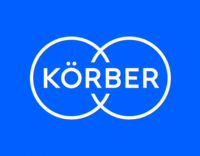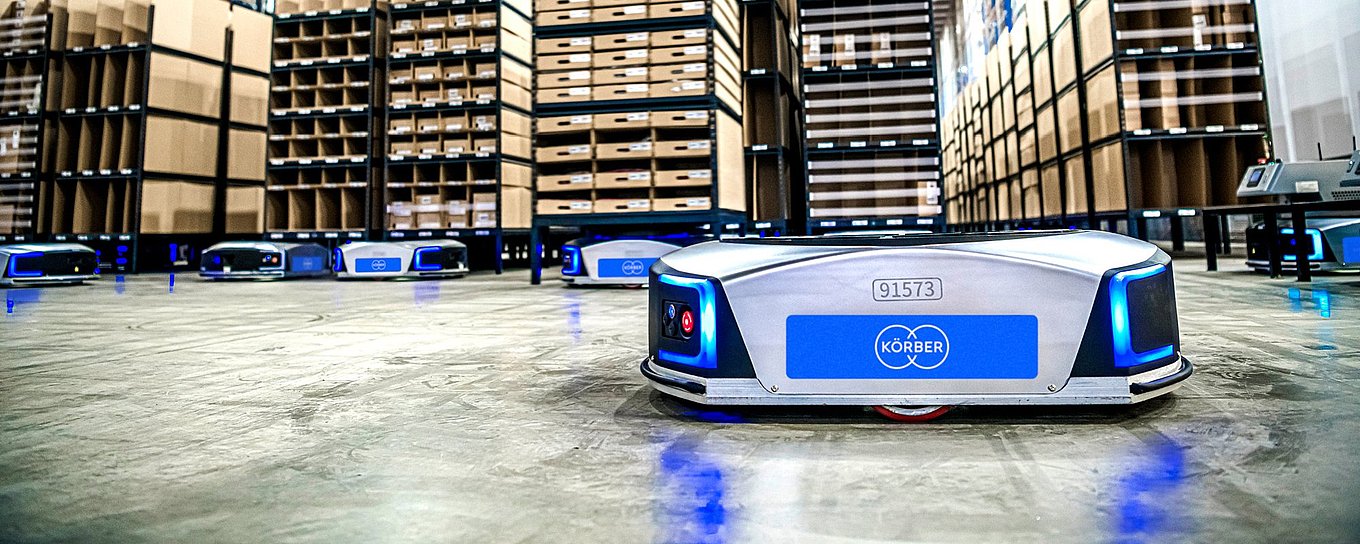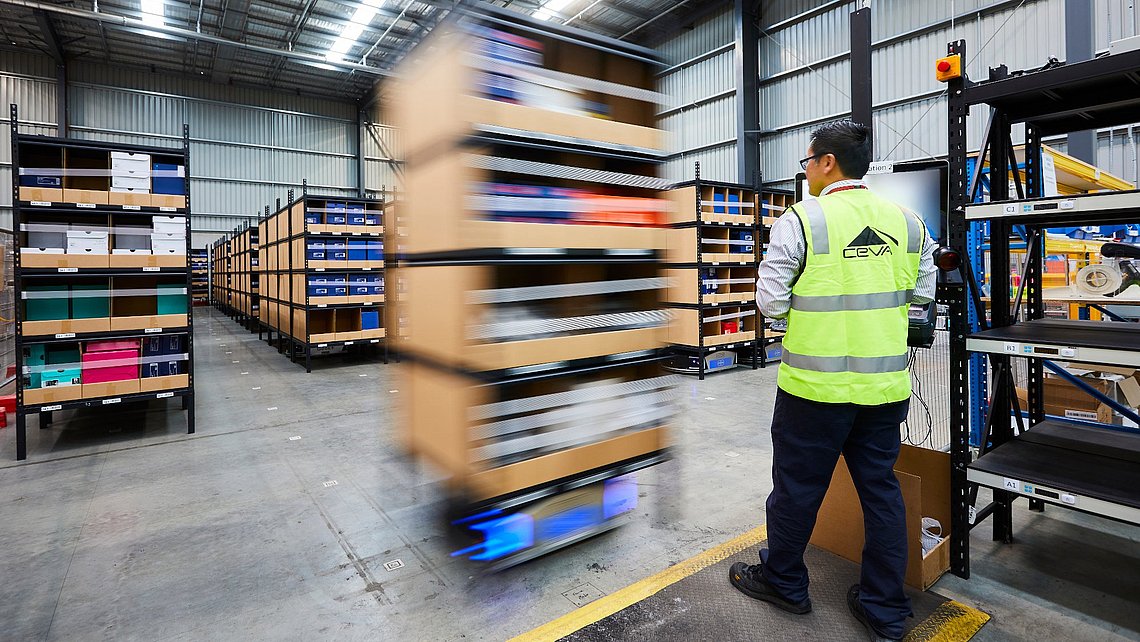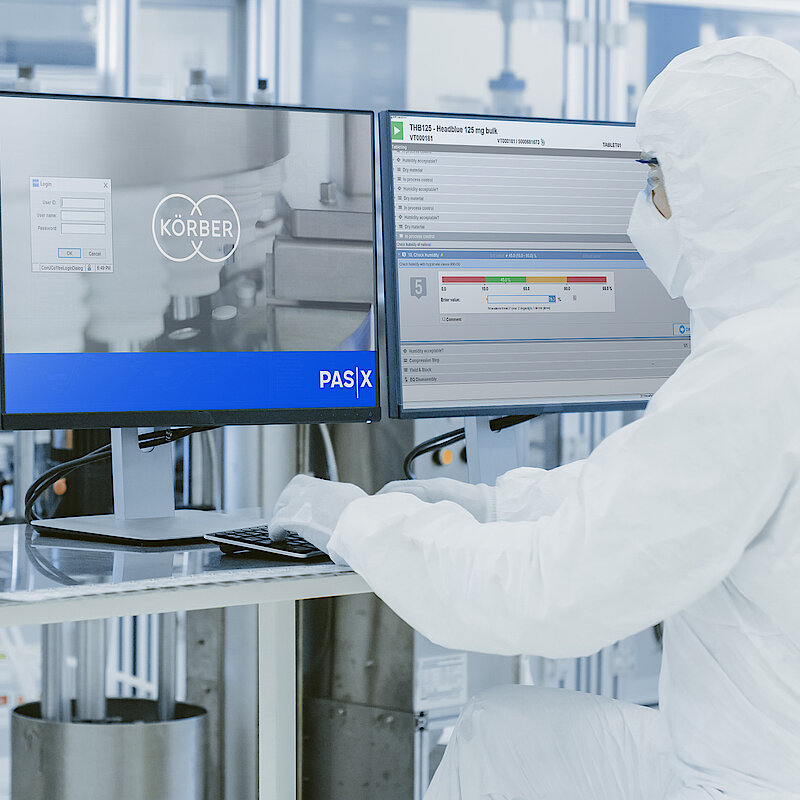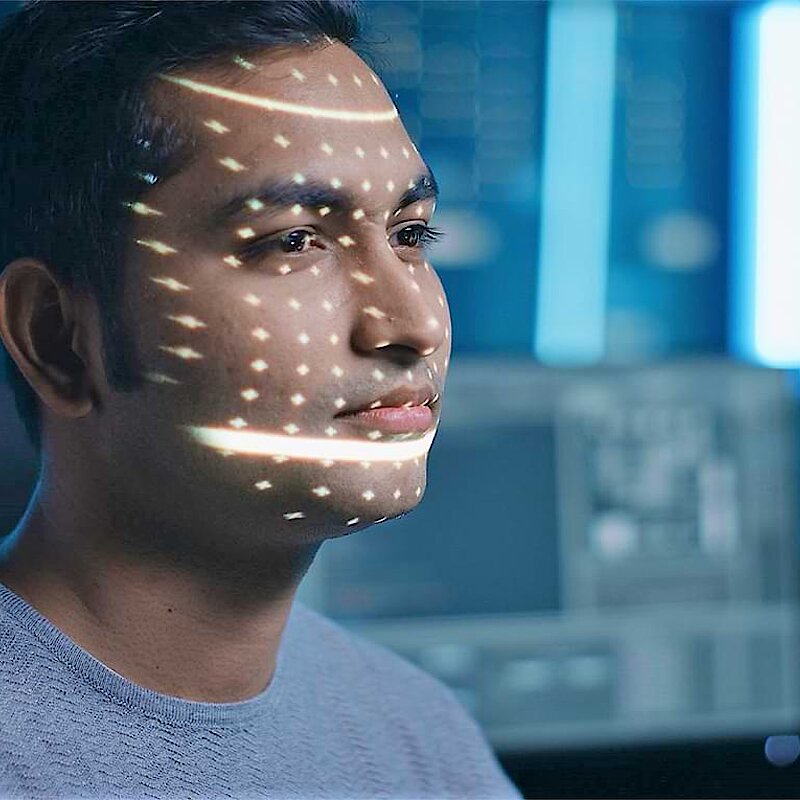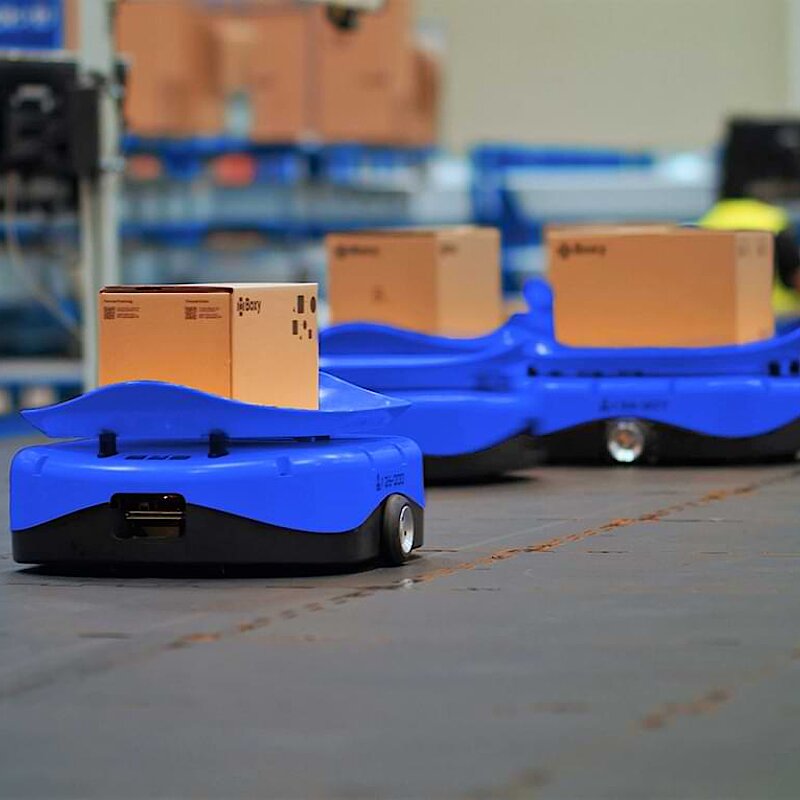Warehouse workers must be part of the solution
Körber's offerings range from comprehensive on-site operational review, process analysis, solution and process design, and robot configuration to commissioning, change management, staff training, and ongoing support. "In solution design, we work very closely with warehouse workers – they have to be part of the solution and happy to work with it. AMR cannot succeed without them or against them," says Wijemanne. Showing the benefits to the workforce is also part of his job. "Robots take repetitive/mundane tasks away from workers and significantly reduce the risk of accidents in the workplace," Wijemanne says. "Warehouse jobs are by no means eliminated, but shift toward order processing, value added tasks, operation and supervision."
Körber's AMR customers today include Europe's leading drugstore chain dm, Swiss logistics service provider CEVA, Australian food distributor Galipo, Australian marketplace Catch.com.au, and U.S. retailer evo. For the future, Wijemanne expects continued growth in eCommerce, Retail and particular growth in the food and beverage industry, whose online trade doubled its volume to nearly $4.9 billion in the pandemic year 2020 alone. And the robots themselves? "Given the pace of research in AI and ML (Machine Learning), they're going to get a lot smarter very fast. Quick software progress will have a growing impact on the success of a solution", says Nishan Wijemanne. "Technologically, we are still in our infancy here."
Want to learn more about robotic solutions from Körber?
www.koerber-supplychain.com



